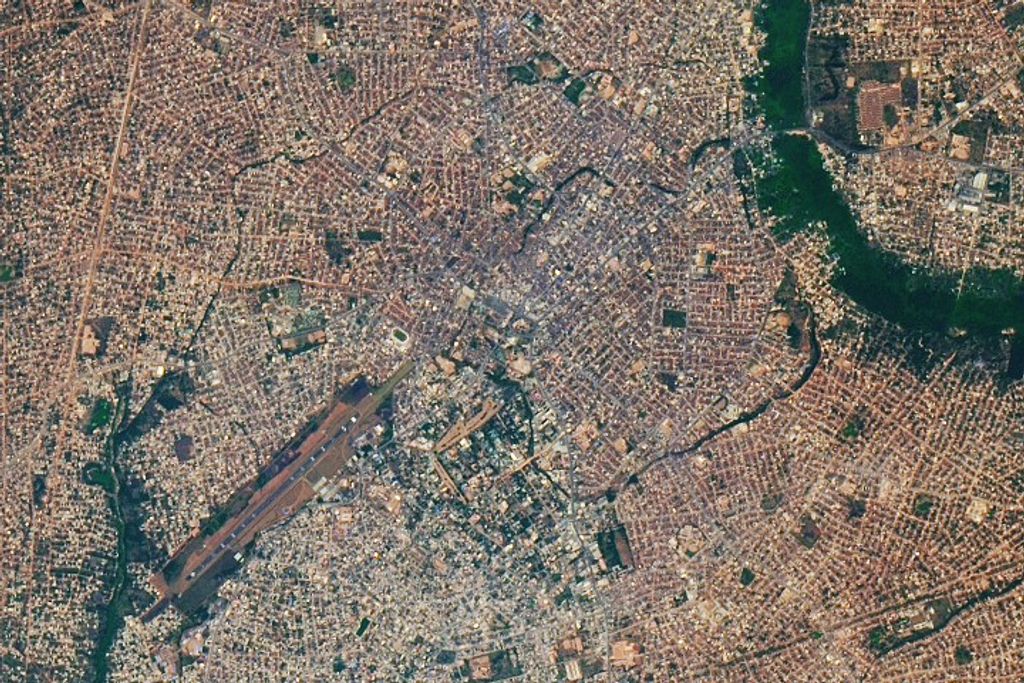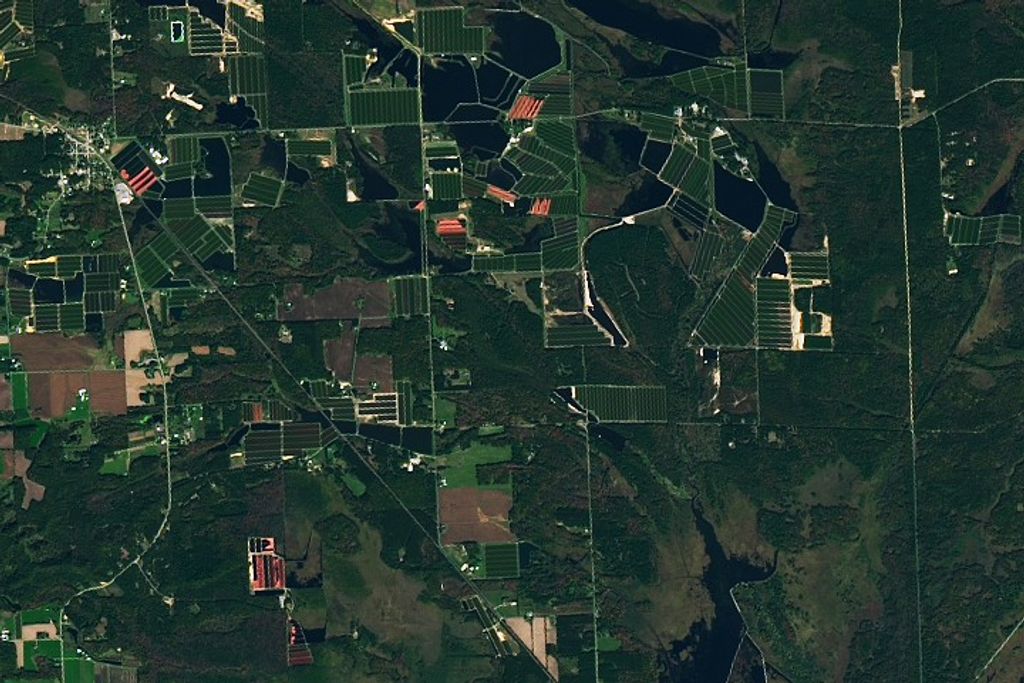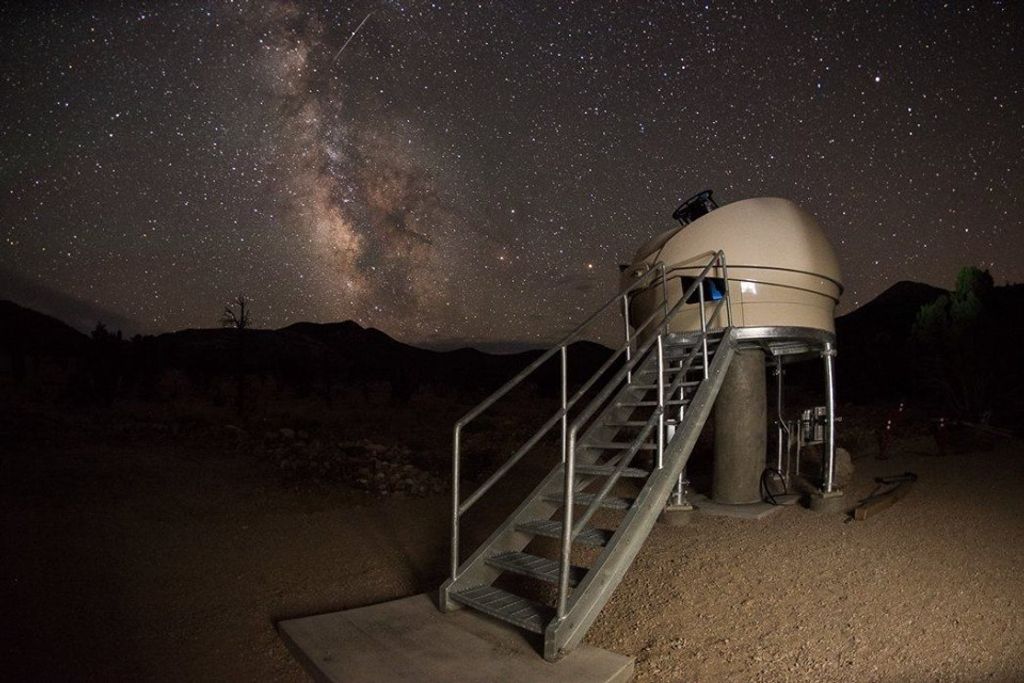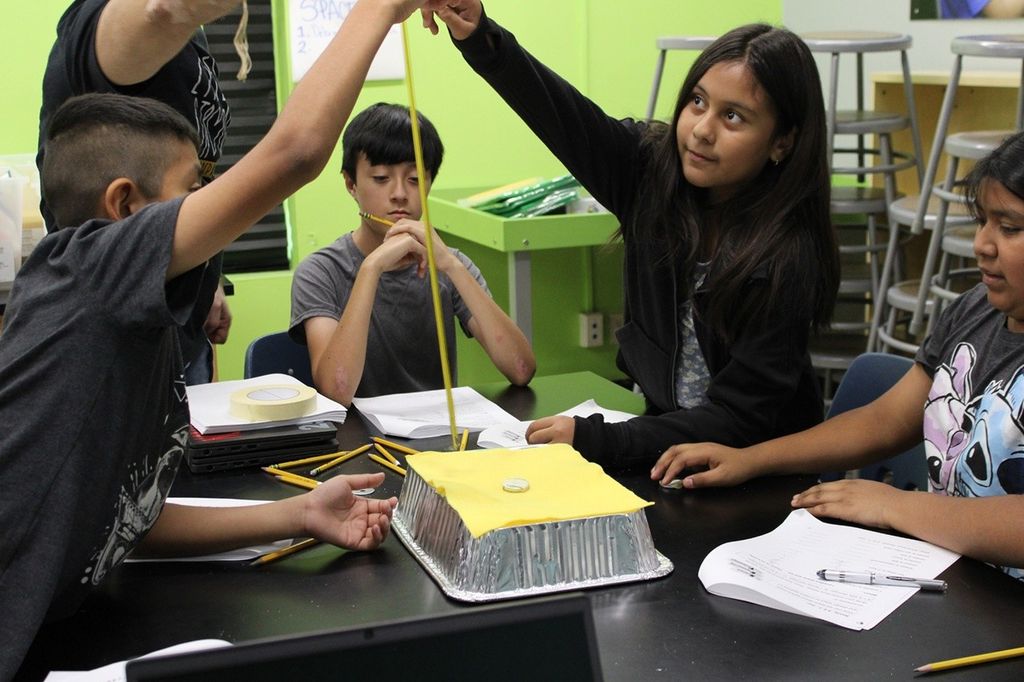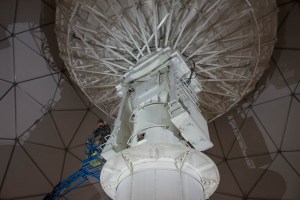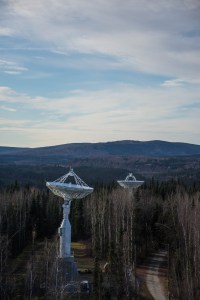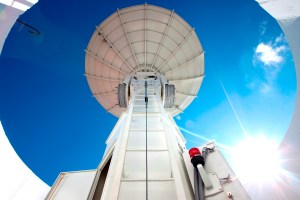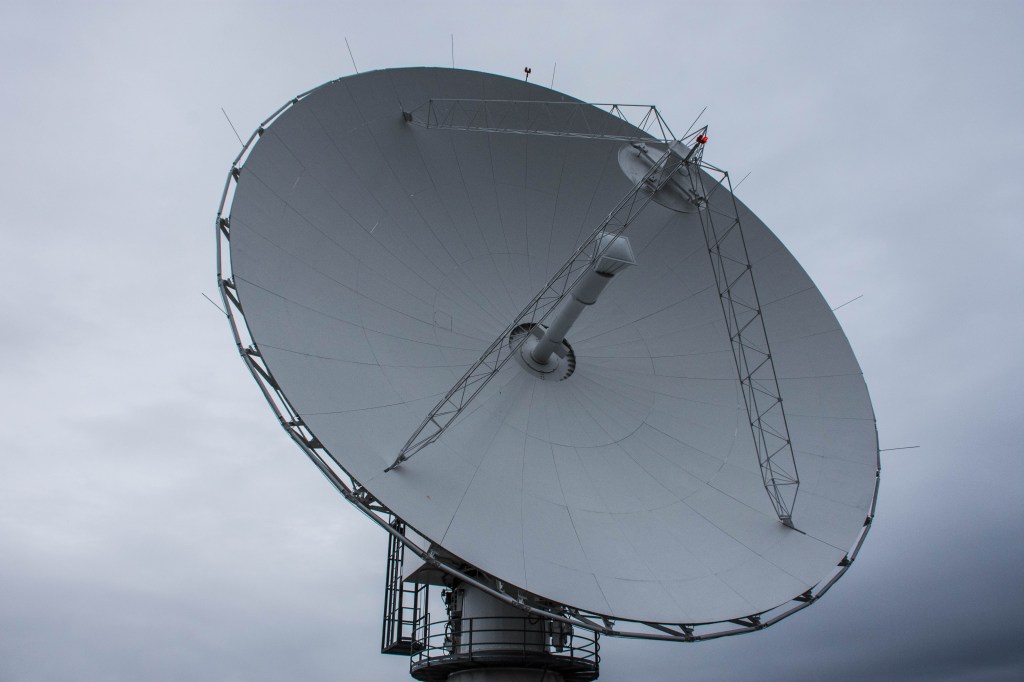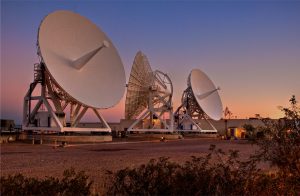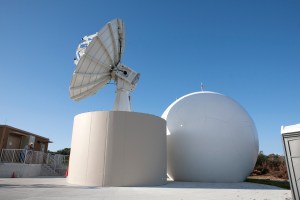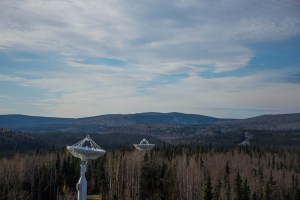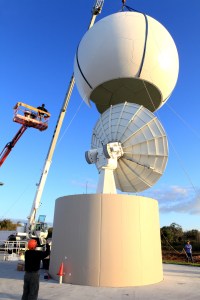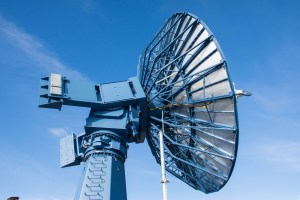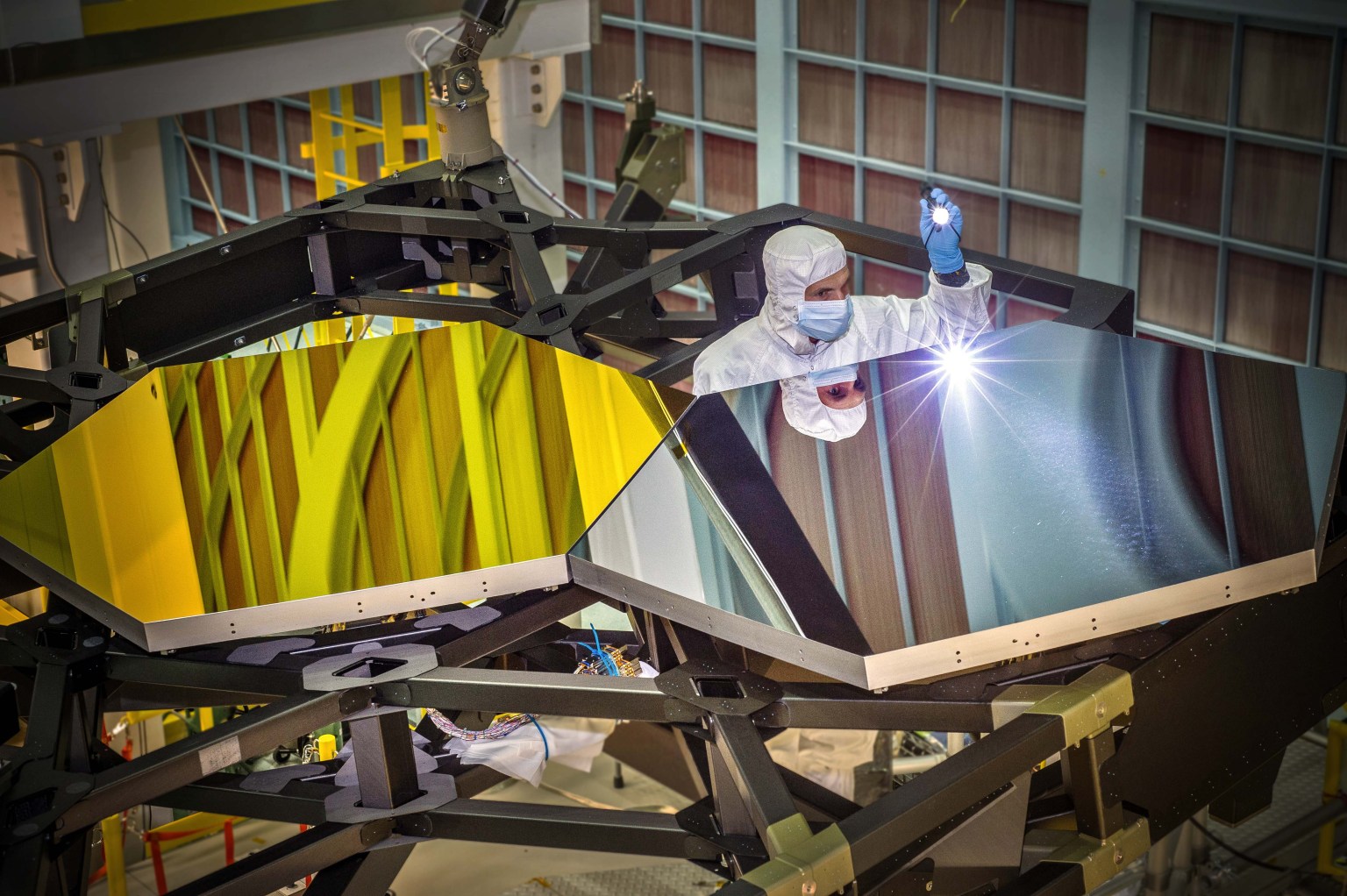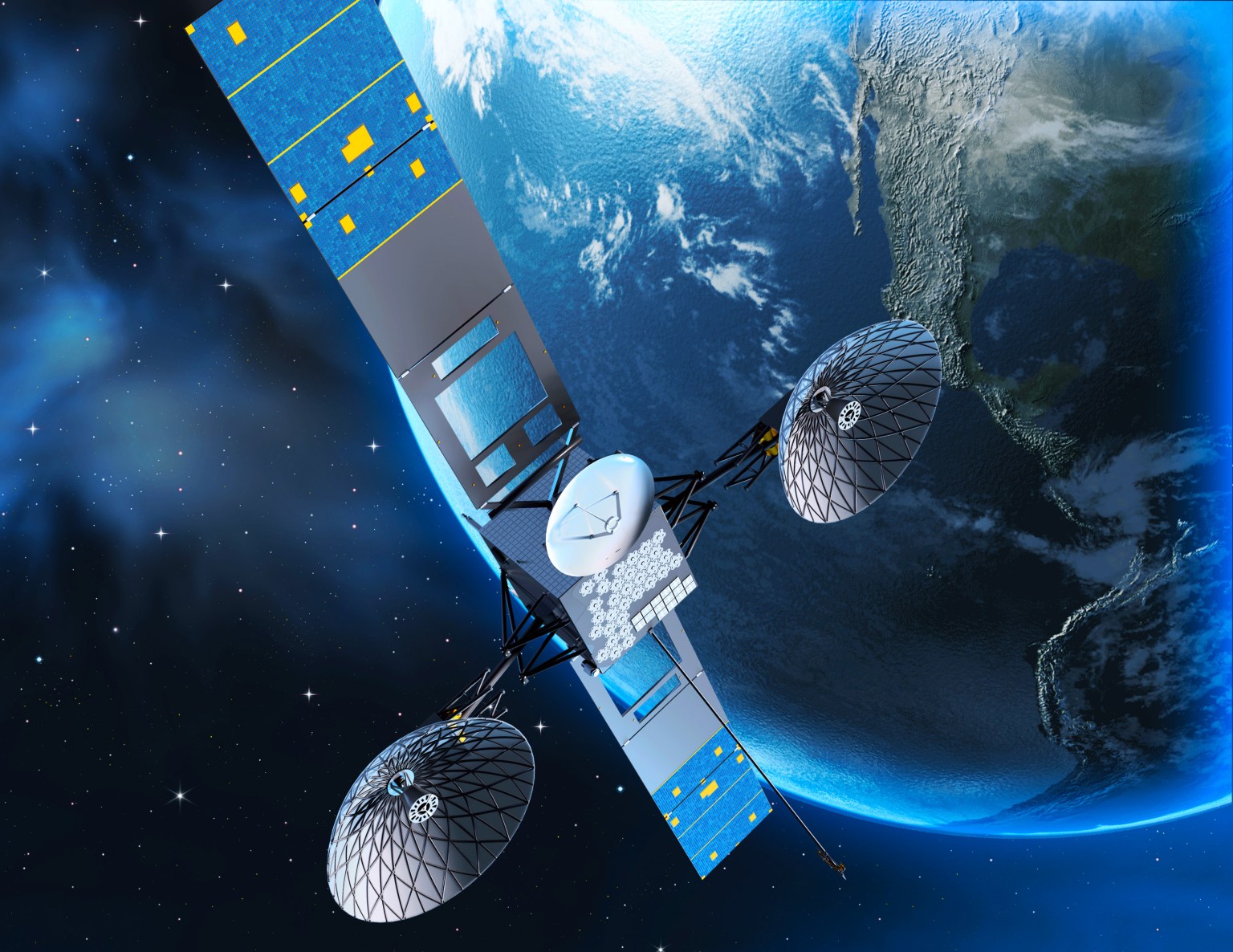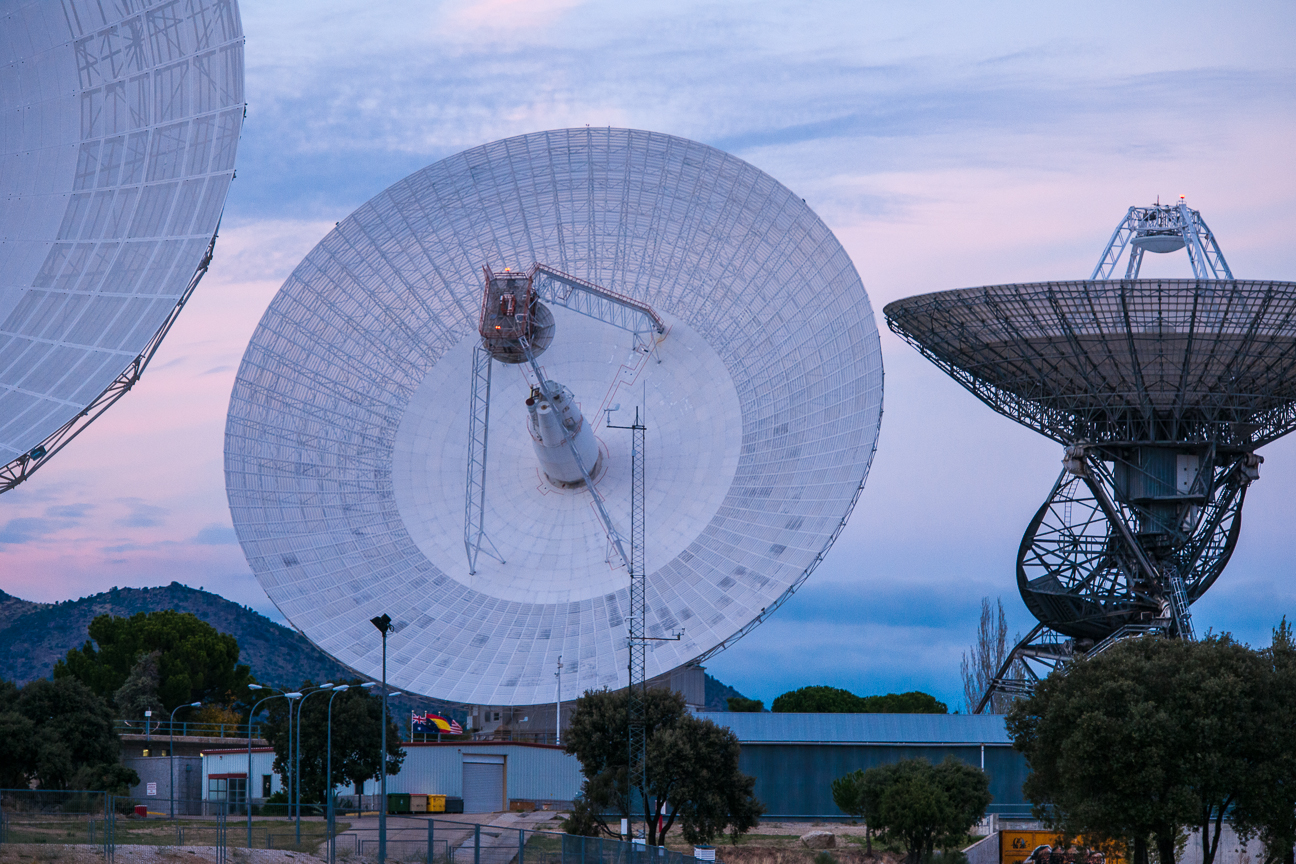NASA’s Near Space Network
The Near Space Network is comprised of Earth-based ground stations and a fleet of space relays in geosynchronous orbit.
Managed out of NASA’s Goddard Space Flight Center and spanning the globe, the Near Space Network’s ground stations consist of over 40 government or commercially owned antennas. The network’s space relays, known as the Tracking and Data Relay Satellites, orbit Earth to allow missions to have near-constant contact communications support.
Near Space Network Mission
The Near Space Network coordinates direct-to Earth and space relay communications and navigation services for missions within 1.25 million miles of Earth.
The Near Space Network is a vital communications interface that synthesizes government and commercial services into comprehensive, mission-enabling support for satellites in space. Leveraging the innovation of industry alongside NASA’s time-tested expertise, the network supports missions of all kinds, including human spaceflight, science, technology demonstrations, rocket launches, and more.
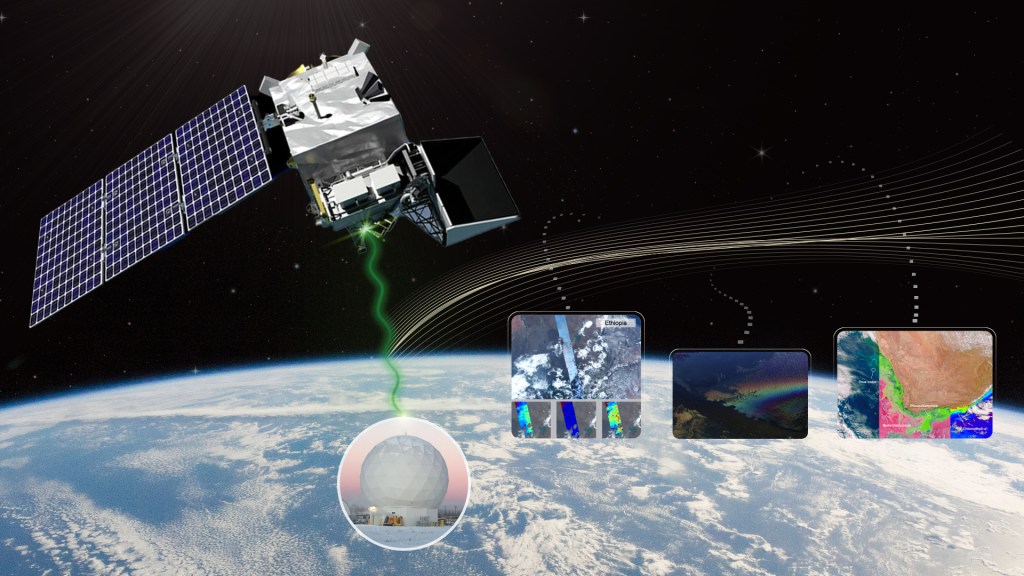
Near Space Network Services
The Near Space Network fulfills the essential needs of near space missions.
The network empowers users with critical communications and navigation services and enables the transmission of science and exploration data from space to Earth. As a key component of NASA’s SCaN Program, the Near Space Network enables spacecraft to transmit critical data to mission operators on Earth.
Commercialization
The Near Space Network continues to build partnerships with commercial providers to expand and evolve its service offerings.
NASA’s SCaN Program seeks to integrate cost-saving commercial services into the Near Space Network. These commercial partnerships allow NASA to focus on innovative communications and navigation technology rather than overseeing the building, maintenance, and operation of networking infrastructure.
SCaN Now
Explore how NASA networks talk with our spacecraft.
SCaN Now displays near real-time communications links between current missions and NASA networks. The site is updated every five seconds, allowing users to see where and when NASA receives its science and exploration data as it happens.
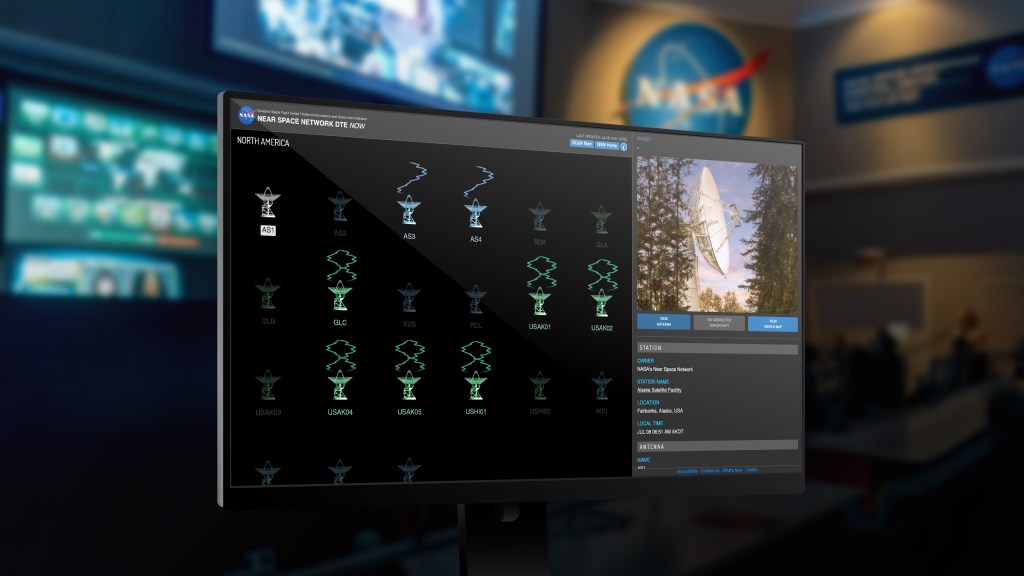
NASA’s Near Space Network
NASA’s Near Space Network delivers critical communications and navigation services to missions observing the Earth, studying the Sun, and exploring the Moon and beyond.
Watch More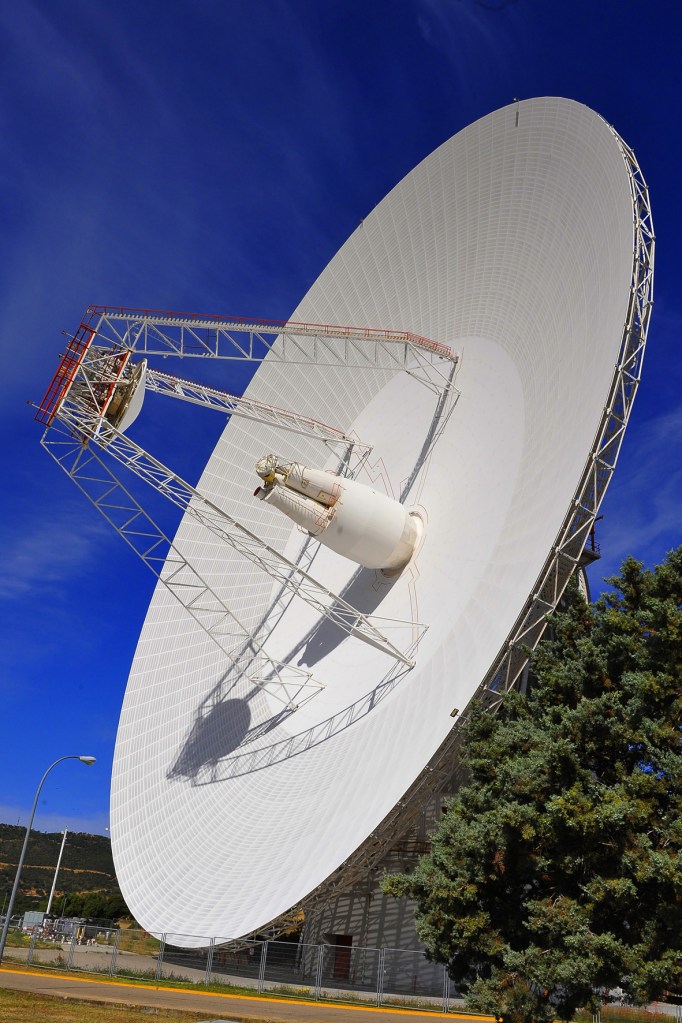
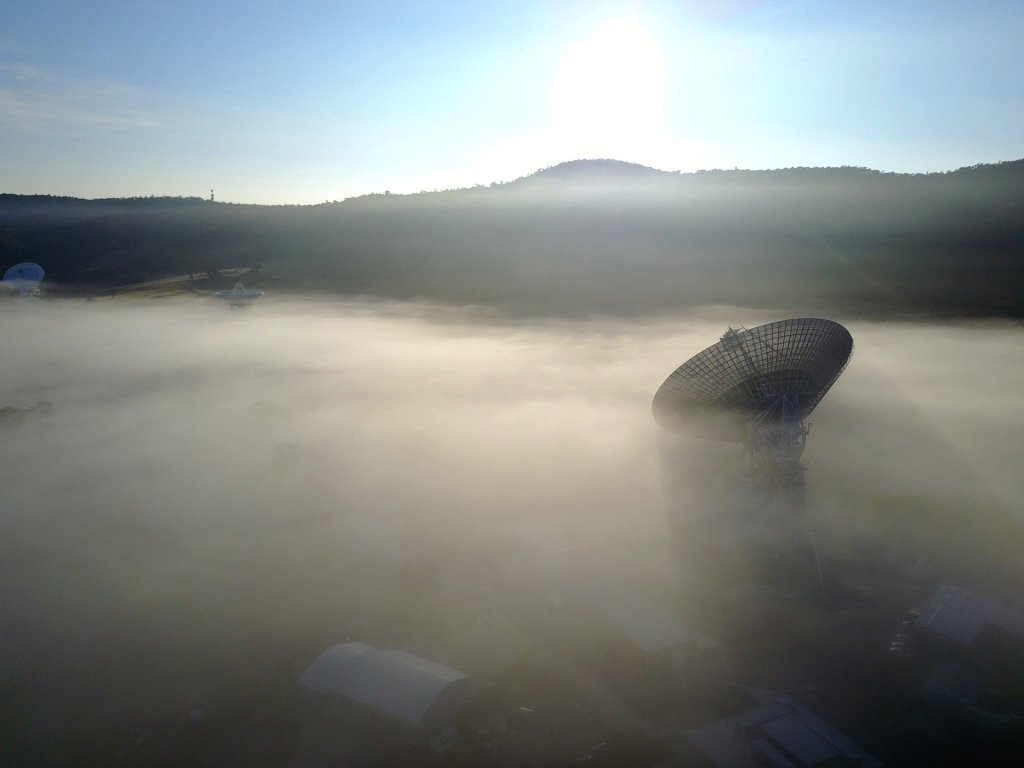

Space Communications and Navigation
Two networks, one mission.
The SCaN (Space Communications and Navigation) Program operates and manages the Near Space Network and the Deep Space Network: communications and navigation systems that are critical to every NASA mission. Spacecraft commands, never-before-seen images, and scientific data are sent and received daily by NASA’s giant antennas on Earth and satellite relays.







